Travel, at its most powerful, does more than just entertain or relax—it fundamentally shifts our perspective and challenges our assumptions about how the world works. Certain destinations possess a unique ability to transform our worldview, presenting realities so different from our everyday experience that we return home, seeing everything through new eyes.
These places confront us with alternative ways of living, environmental extremes, or historical contexts that demand we reconsider what we believe to be normal or possible. Here is a list of 20 places around the world that challenge conventional thinking and expand our understanding of human experience and the natural world.
Varanasi, India
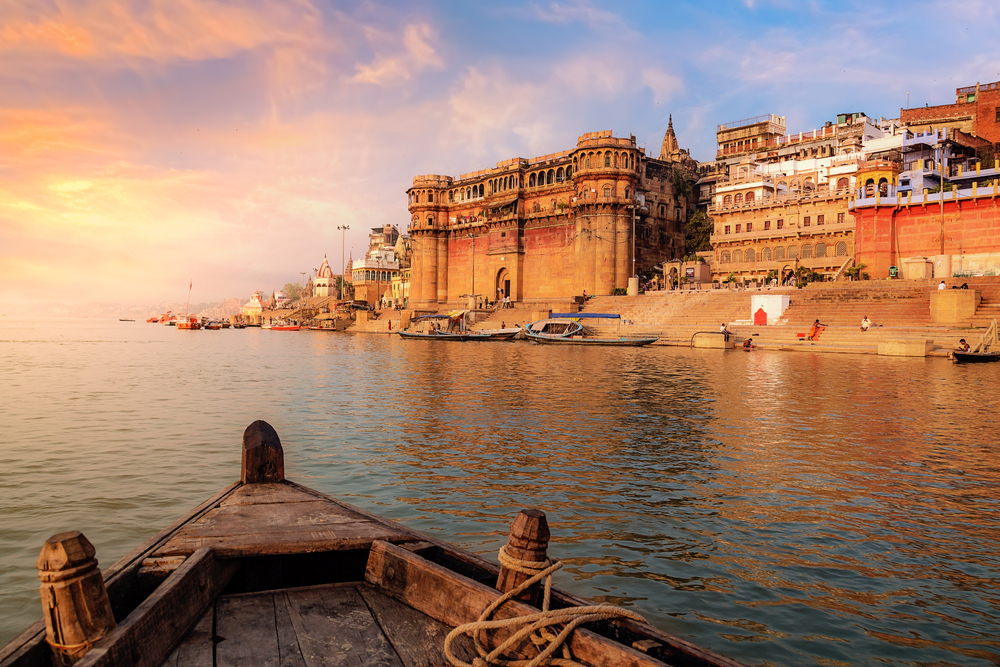
The ancient city on the Ganges confronts visitors with humanity’s relationship to life and death in its most unfiltered form. Cremation ceremonies take place openly along the ghats, while people just step away to bathe, wash clothes, and perform yoga in a seamless integration of spiritual and practical life.
Western notions of privacy, sanitization, and compartmentalization dissolve in a place where every aspect of human existence unfolds in full public view, challenging visitors to reconsider which aspects of life we hide away and why.
Svalbard, Norway
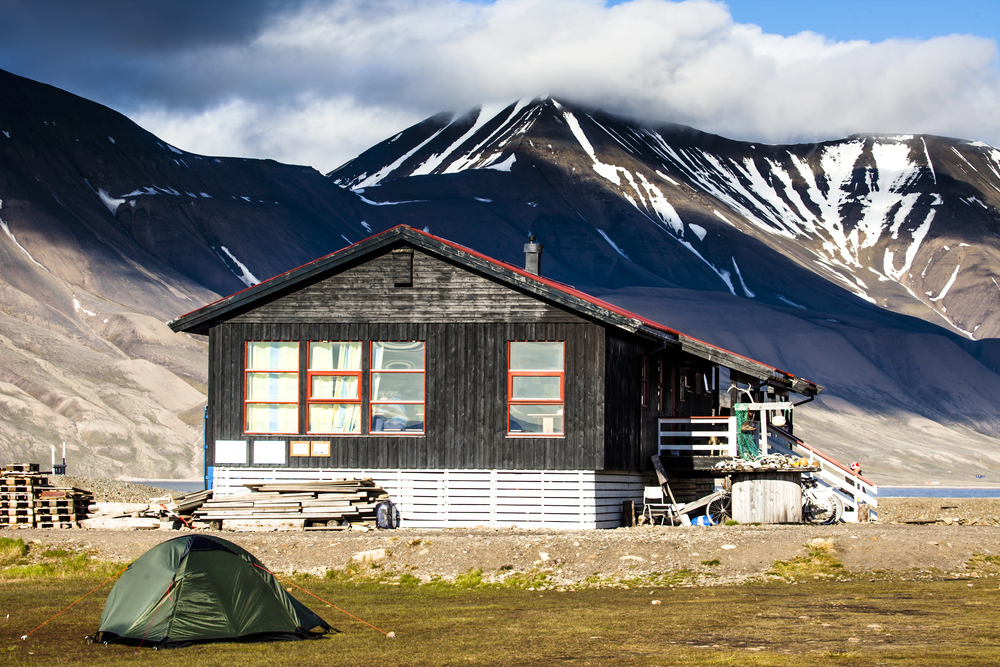
This Arctic archipelago experiences polar night—complete darkness 24 hours a day—for over three months each winter, followed by midnight sun in summer. Human settlements here have adapted to conditions most would consider uninhabitable, including the constant threat of polar bear encounters and temperatures that can freeze exposed skin within minutes.
The extreme seasonal light patterns disrupt the conventional understanding of time and daily rhythms, while the fragile ecosystem provides immediate evidence of climate change impacts.
Like Travel Pug’s content? Follow us on MSN.
Kibera, Kenya
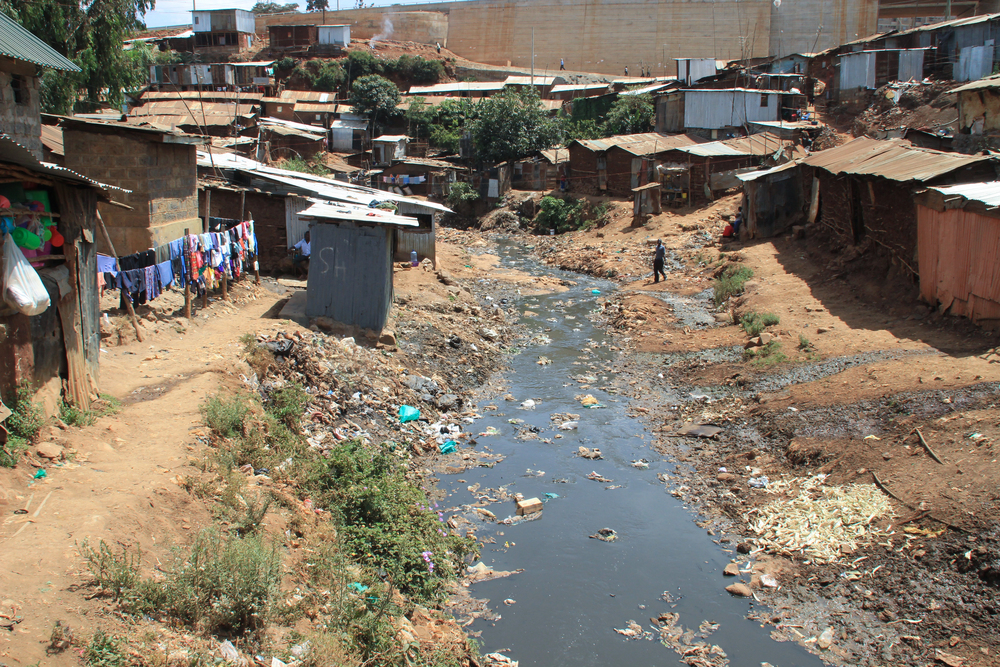
One of Africa’s largest informal settlements challenges Western notions of poverty, community, and resilience. Despite minimal resources, residents have developed ingenious systems for everything from water delivery to banking, often utilizing mobile technology in ways more advanced than wealthy nations.
Community organizations provide education and healthcare where government services are absent, demonstrating powerful alternative models of social structure and collective problem-solving.
Auroville, India
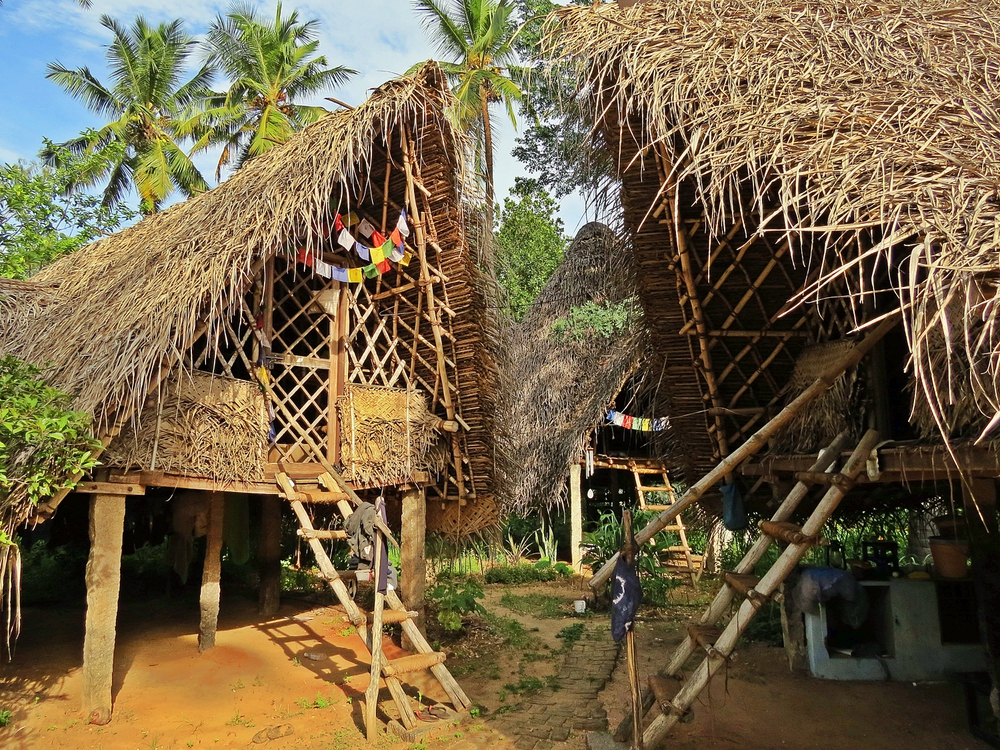
This experimental township, founded in 1968, operates on principles that challenge conventional nation-states and economic systems. With no private property ownership, no currency within its boundaries, and a governance system based on consensus rather than representation, Auroville presents an alternative to capitalist and democratic models most visitors take for granted.
The central Matrimandir—a golden sphere housing a pure white meditation room—represents human unity beyond religious divides.
Prypiat, Ukraine
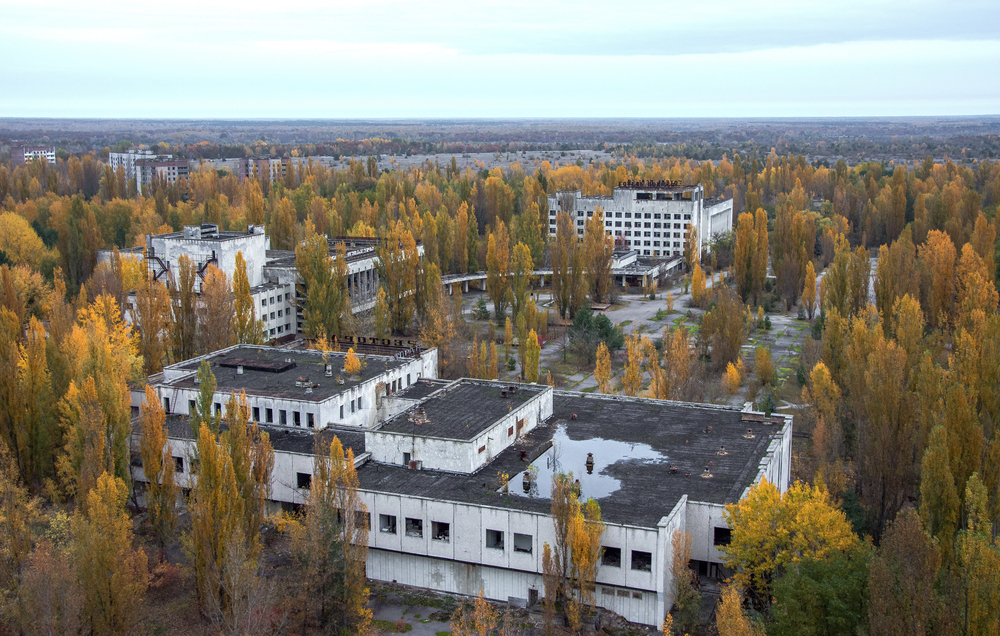
The abandoned city near Chernobyl offers profound insights into both human folly and nature’s resilience. Streets once filled with 50,000 residents now stand empty, with personal belongings frozen in time since the 1986 evacuation.
The exclusion zone has inadvertently become Europe’s largest wildlife sanctuary, with thriving populations of wolves, bears, and European bison demonstrating how quickly nature reclaims space when humans withdraw, challenging our assumptions about environmental restoration timeframes.
Like Travel Pug’s content? Follow us on MSN.
La Rinconada, Peru
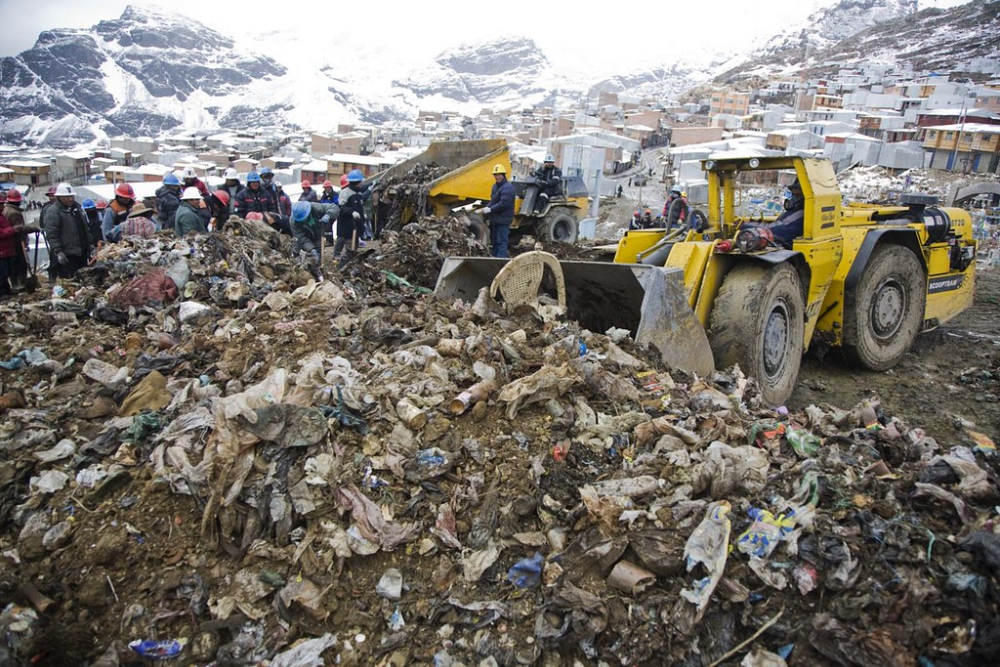
The world’s highest permanent human settlement sits at over 16,700 feet, where oxygen levels are 50% lower than at sea level. Miners work in dangerous conditions extracting gold under an informal system called ‘cachorreo’ where they work unpaid for 30 days, then keep whatever ore they can carry out on the 31st day.
The extreme environment and economic arrangement challenge the conventional understanding of both human physiological limits and labor systems.
Metéora, Greece
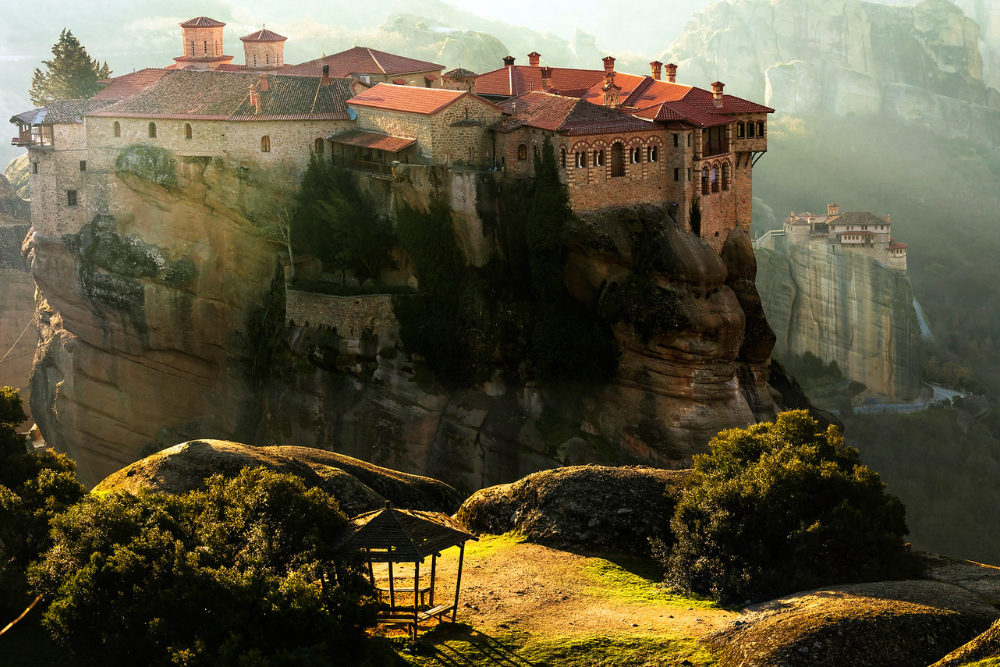
Orthodox monasteries perched atop nearly inaccessible rock pillars represent an extraordinary human commitment to spiritual isolation. Built when access required being hauled up in nets or climbing sheer rock faces, these structures embodied a radical rejection of worldly concerns.
The monasteries challenge modern assumptions about necessity, comfort, and the lengths humans will go to create separation from mainstream society in pursuit of a contemplative life.
Tanna Island, Vanuatu
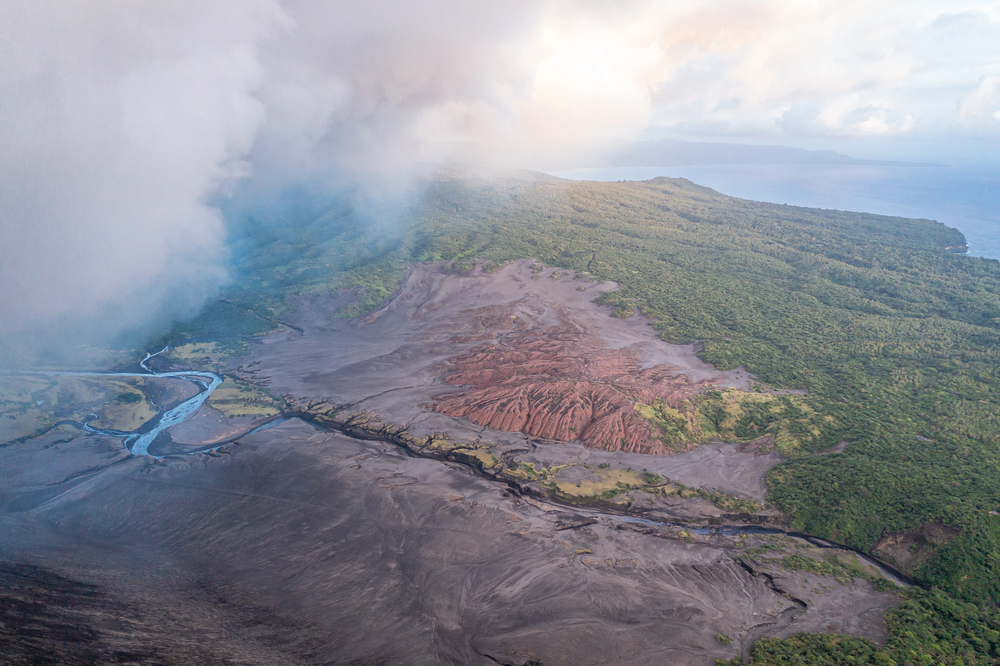
Home to the Prince Philip Movement, a religious group that reveres the late Duke of Edinburgh as a divine being, this Pacific island challenges Western assumptions about how belief systems develop and evolve. The cargo cult phenomenon emerged from the meeting of technological societies with traditional cultures, creating syncretic belief systems that incorporate elements from both worlds.
Visiting Tanna forces reconsideration of the arbitrary nature of all belief systems and how easily extraordinary claims can become normalized within cultural contexts.
Like Travel Pug’s content? Follow us on MSN.
New Gourna Village, Egypt

Designed by architect Hassan Fathy in the 1940s, this village represents a radical alternative to conventional development models. Using traditional mud-brick construction and passive cooling techniques, Fathy created sustainable housing at minimal cost while preserving cultural building traditions.
The project challenges assumptions about progress, appropriate technology, and whether modernization must follow Western patterns of development.
Kowloon Walled City (Historical), Hong Kong
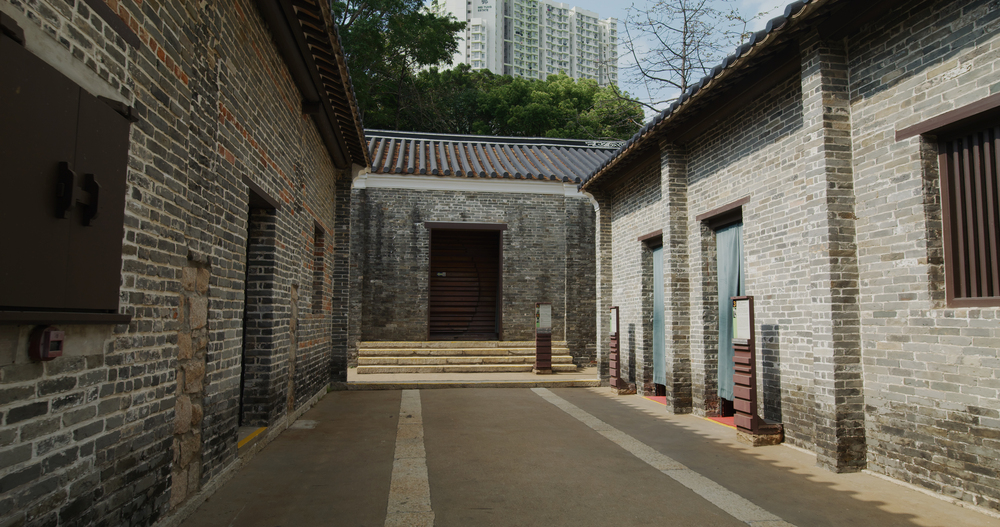
Though demolished in 1994, the history and documentation of this extraordinary settlement continue to challenge urban planning assumptions. This ungoverned, densely populated enclave housed 33,000 people within 6.4 acres, creating a self-regulating ecosystem of businesses, residences, and services connected by a three-dimensional maze of passages.
Despite lacking formal infrastructure or government, complex social codes emerged organically, challenging theories about necessary conditions for functional communities.
Pitcairn Islands
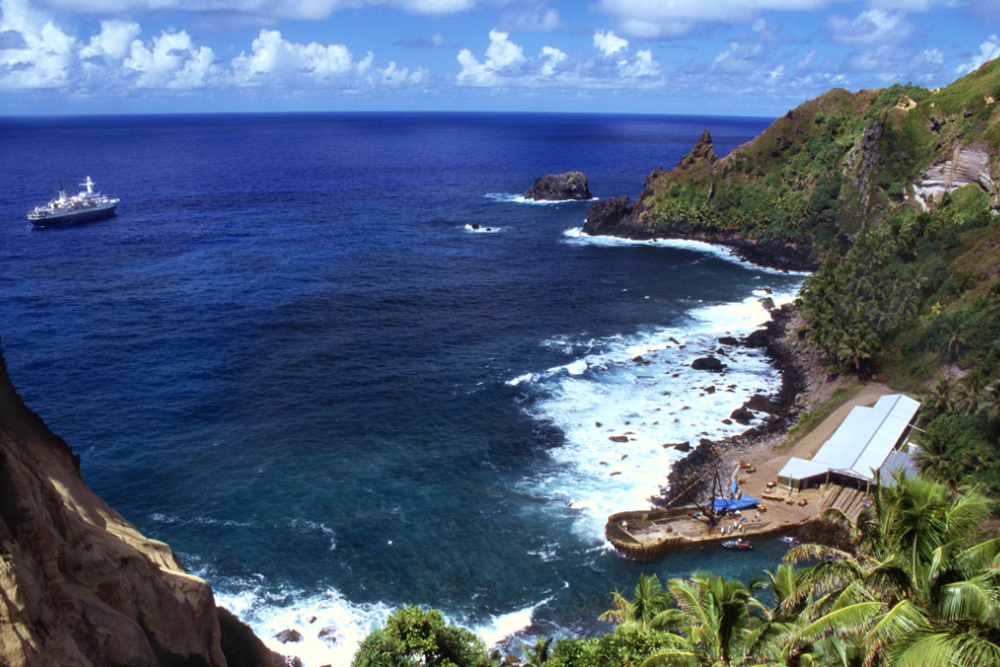
This remote British territory with fewer than 50 inhabitants demonstrates extreme isolation’s effects on society. Descended from Bounty mutineers and their Tahitian companions, residents maintain a unique culture developed over two centuries of minimal outside contact.
Recent revelations of systemic abuse challenged romantic notions about small communities, while their ongoing struggle for economic viability raises questions about the minimum viable population for sustaining human settlements.
Like Travel Pug’s content? Follow us on MSN.
Burning Man, Nevada
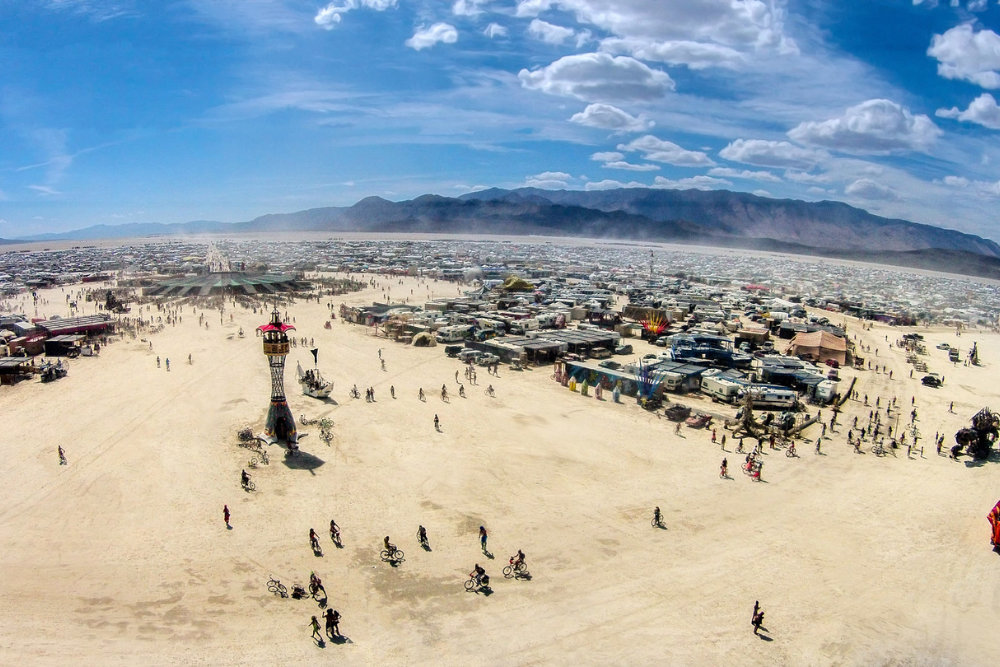
This temporary desert city challenges fundamental assumptions about urban design, commerce, and community organization. Operating on principles including radical self-reliance, decommodification, and leaving no trace, Black Rock City emerges annually as a fully functioning metropolis before disappearing completely.
The gift economy challenges capitalist exchange assumptions, while the extreme environment forces participants to recognize how dependent modern life is on invisible infrastructure.
Christiania, Denmark
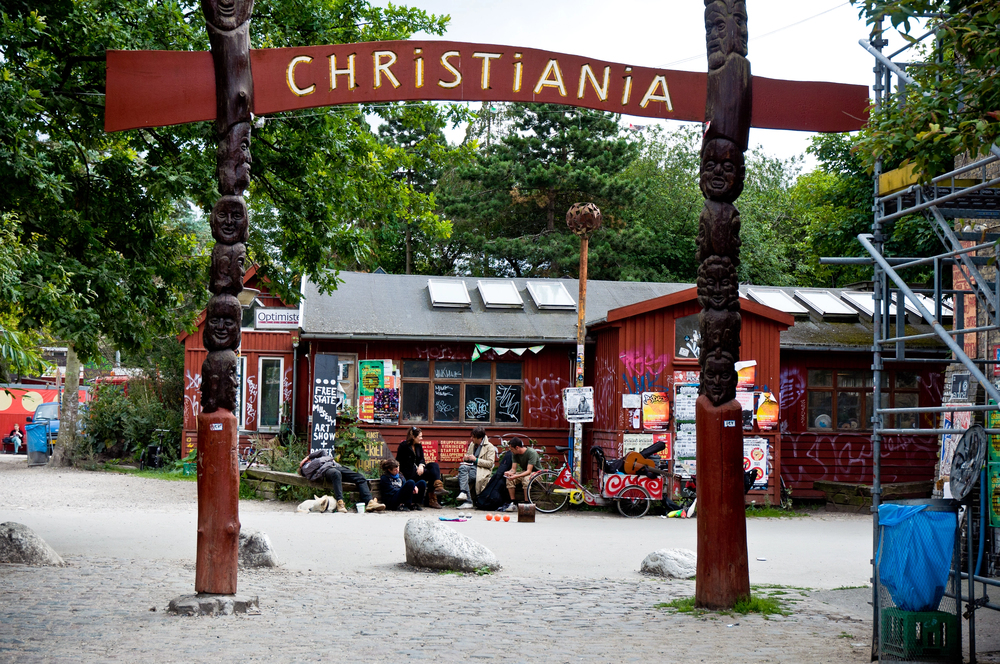
This intentional community established in abandoned military barracks has functioned since 1971 as a semi-autonomous zone with its own rules and social structures. Residents have created alternative governance systems, prohibited cars, and historically maintained an open cannabis market despite national laws.
This experiment in collective living and direct democracy challenges assumptions about the necessity of hierarchical authority and conventional property rights.
Antarctica Research Stations
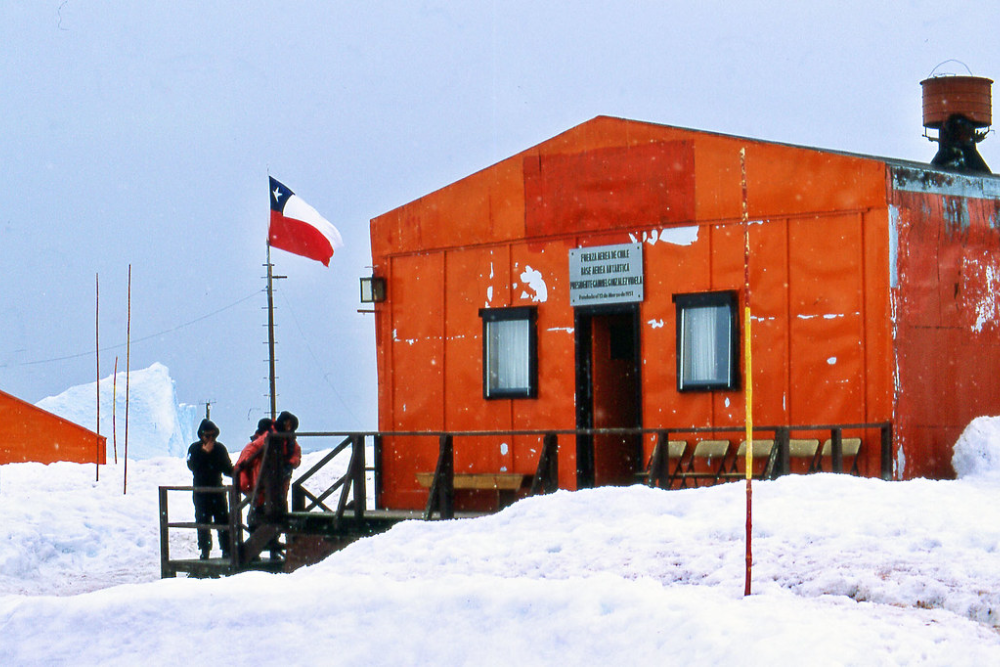
The continent’s scientific bases represent a human adaptation to the most extreme environment on Earth, where temperatures can drop below -100°F, and winter brings months of darkness. International governance under the Antarctic Treaty created an entire continent dedicated to scientific cooperation rather than national interests or resource extraction.
The stations challenge notions about territorial sovereignty and demonstrate alternative models for international collaboration.
Like Travel Pug’s content? Follow us on MSN.
El Hierro, Canary Islands
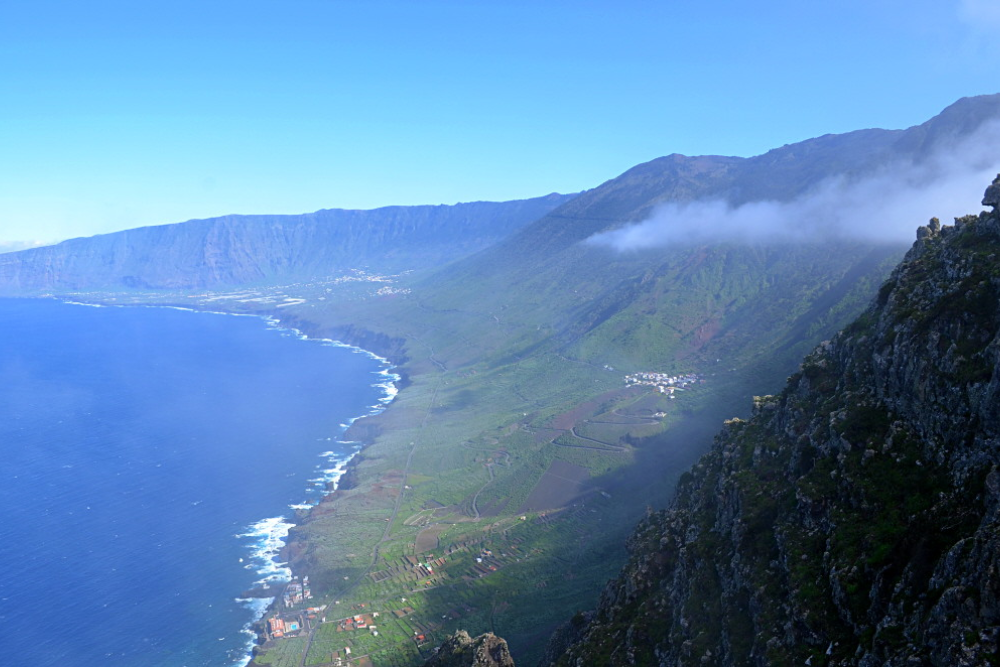
This small Atlantic island is pioneering complete energy self-sufficiency through renewable sources. Using a combination of wind power and pumped hydro storage, El Hierro demonstrates how communities can achieve sustainability through appropriate technology and community commitment.
The island challenges assumptions about the necessity of fossil fuels and presents a functioning model of energy independence that contradicts claims about renewable reliability.
Dharavi, India
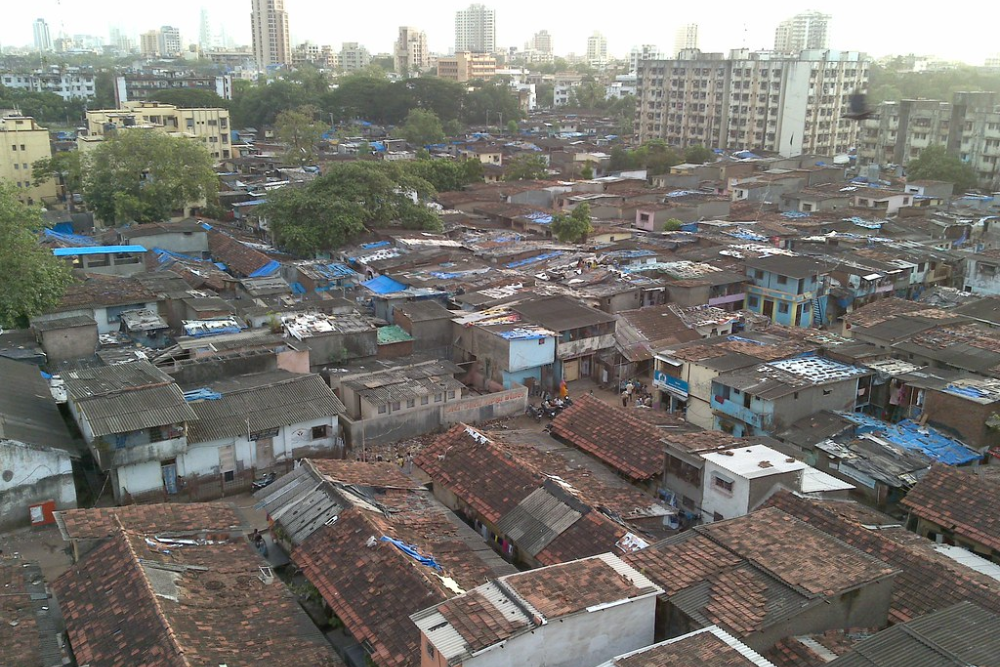
One of Asia’s largest informal settlements contradicts simplistic notions about slums as places of mere deprivation. This thousand-acre district houses a thriving economic ecosystem generating an estimated $1 billion annually through recycling, pottery, textiles, and leather production.
The density and mixed-use organization create remarkably efficient land use and walkability that expensive urban planning often fails to achieve, challenging the Western separation of residential and commercial zones.
Ladakh, India

Traditional Ladakhi society in the trans-Himalayan region demonstrates sustainable living practices developed over centuries in an extreme environment. Ancient irrigation systems channel glacial meltwater to support agriculture in a desert region, while architectural techniques maintain comfort without external energy inputs.
The traditional culture maintained remarkable self-sufficiency and social harmony before outside influences, challenging Western assumptions about the necessity of economic growth for human wellbeing.
Like Travel Pug’s content? Follow us on MSN.
Kakuma Refugee Camp, Kenya
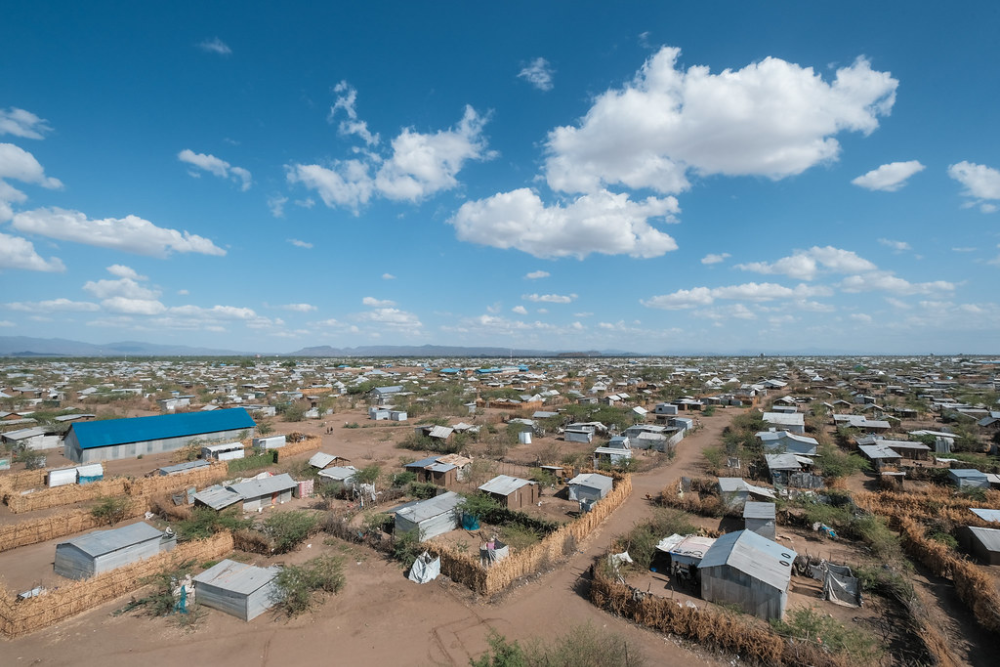
Established in 1992 as a temporary facility, Kakuma has evolved into a permanent settlement housing over 190,000 displaced people. Despite extreme resource limitations, residents have developed sophisticated social structures, businesses, and educational systems.
The camp challenges conventional understandings of impermanence and demonstrates how human ingenuity creates functioning societies in the most precarious circumstances, raising questions about arbitrary national boundaries in an era of increasing displacement.
Ghibli Museum, Japan
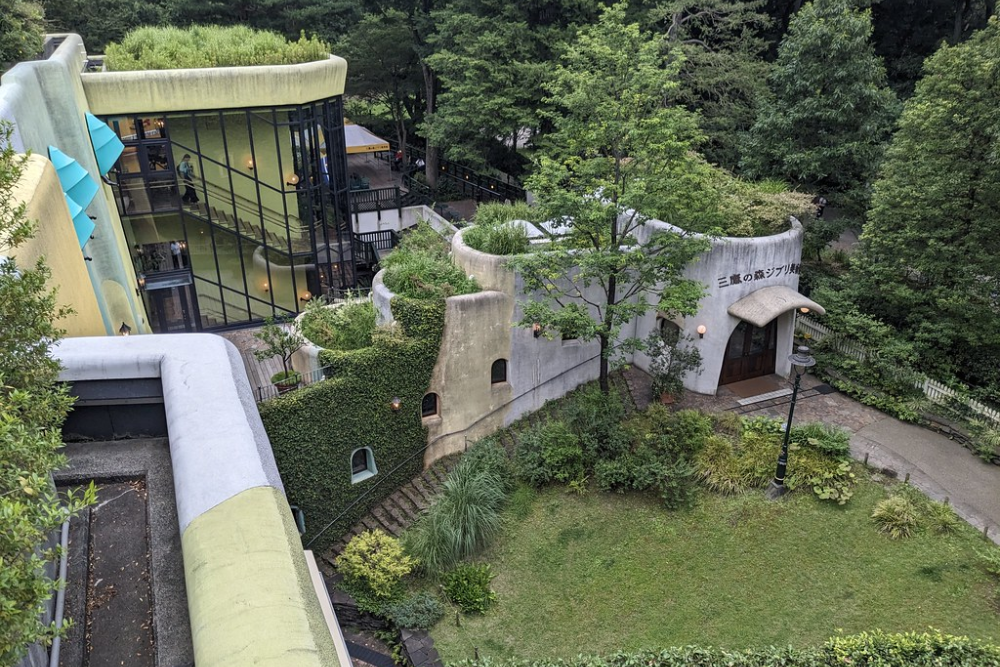
Unlike conventional museums focused on efficiently moving visitors through exhibits, this Tokyo attraction deliberately induces disorientation to recreate childlike wonder. Designed by animator Hayao Miyazaki, the building features multiple dead ends, hidden passages, and spaces scaled for children rather than adults.
The design philosophy challenges efficiency-focused architecture and demonstrates how built environments can prioritize emotional experience over functionality.
Bhutan
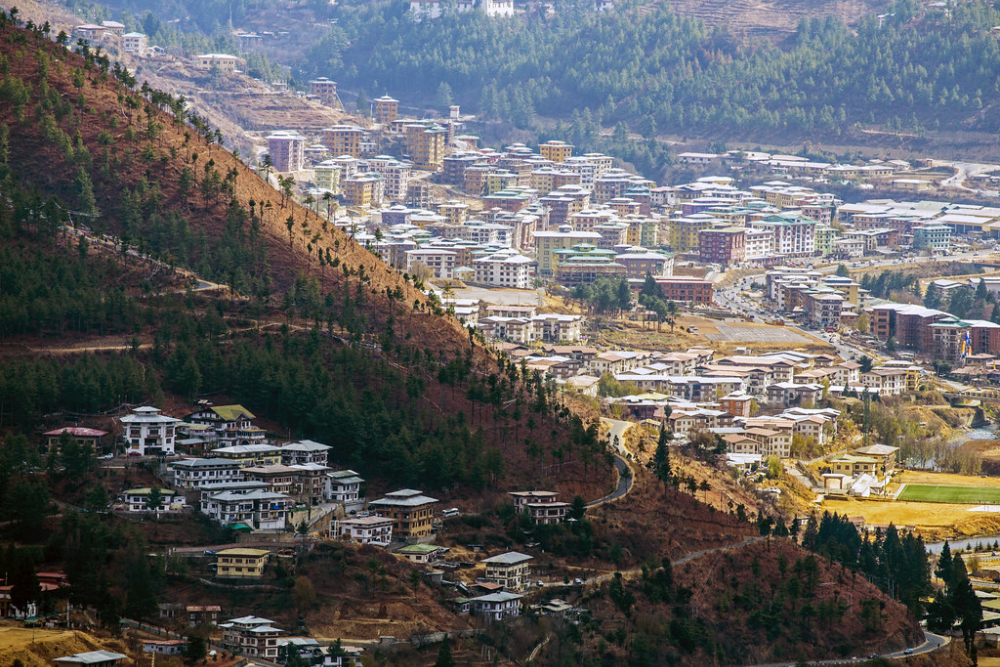
This Himalayan kingdom measures prosperity through Gross National Happiness rather than Gross Domestic Product, institutionalizing well-being and environmental protection as policy priorities above economic growth. The government guarantees free healthcare and education while maintaining constitutional requirements that 60% of the country remain forested in perpetuity.
Visitors encounter a society deliberately pursuing a middle path between traditional values and modernization, challenging Western assumptions that progress must follow materialist patterns of development.
Like Travel Pug’s content? Follow us on MSN.
Mind-Expanding Horizons
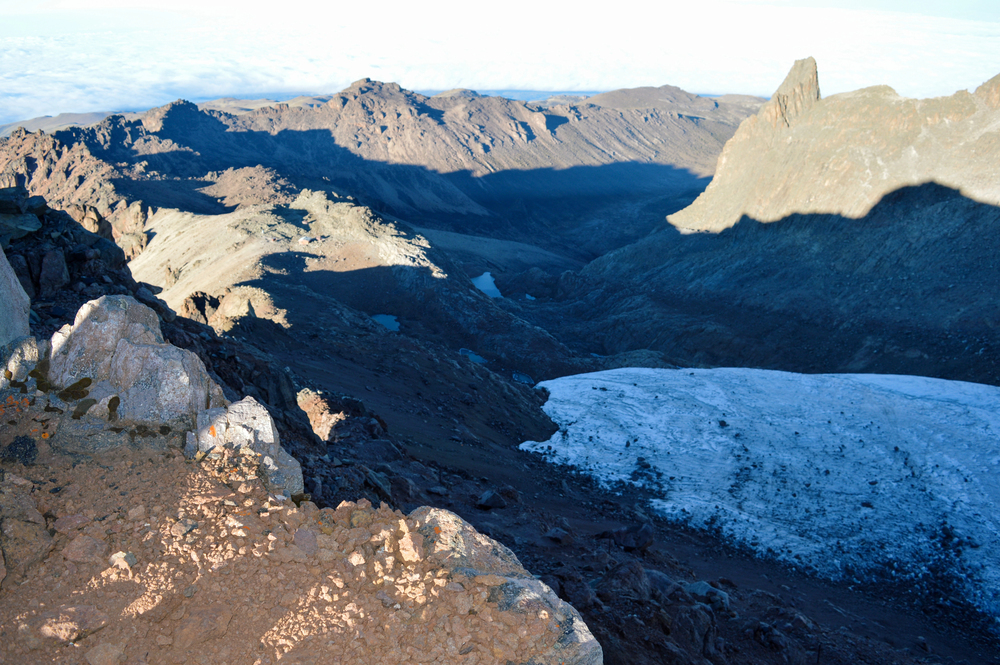
These places offer more than exotic photo opportunities or cultural curiosities—they provide direct encounters with alternatives to what we consider normal or inevitable. The most valuable travel experiences often involve discomfort and disorientation as our mental maps are redrawn to accommodate new possibilities.
By visiting places that challenge fundamental assumptions, we gain perspective not just on different cultures or environments but on the contingent nature of our worldview. In this expansion of possibility lies travel’s greatest gift: the understanding that many things we accept as given are merely options among many ways of organizing human existence.
More from Travel Pug

- 20 Destinations That Were Once Thriving but Are Now Quietly Disappearing
- 13 Destinations Where Tourists Regularly Regret Their Trip
- 20 Once-Popular Beach Towns That Are Now Ghostly Empty
- 10 Under-the-Radar Mountain Towns That Are Both Affordable and Beautiful
- Take a ‘Learning Vacation’ in These 20 Extraordinary Places
Like Travel Pug’s content? Follow us on MSN.
